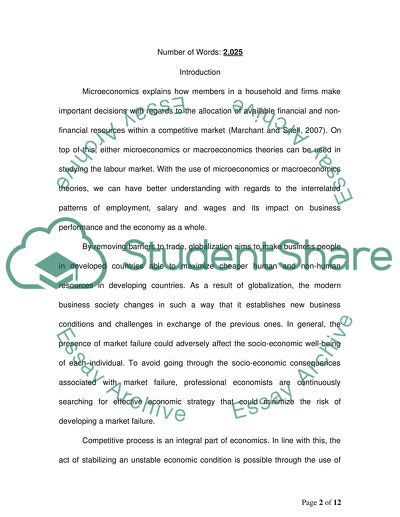Cite this document
(Comparison Austrian and Post-Keynesian Theories of Competitive Process Case Study - 1, n.d.)
Comparison Austrian and Post-Keynesian Theories of Competitive Process Case Study - 1. Retrieved from https://studentshare.org/macro-microeconomics/1574968-compare-and-contrast-austrian-and-post-keynesian-theories-of-the-competitive-process
Comparison Austrian and Post-Keynesian Theories of Competitive Process Case Study - 1. Retrieved from https://studentshare.org/macro-microeconomics/1574968-compare-and-contrast-austrian-and-post-keynesian-theories-of-the-competitive-process
(Comparison Austrian and Post-Keynesian Theories of Competitive Process Case Study - 1)
Comparison Austrian and Post-Keynesian Theories of Competitive Process Case Study - 1. https://studentshare.org/macro-microeconomics/1574968-compare-and-contrast-austrian-and-post-keynesian-theories-of-the-competitive-process.
Comparison Austrian and Post-Keynesian Theories of Competitive Process Case Study - 1. https://studentshare.org/macro-microeconomics/1574968-compare-and-contrast-austrian-and-post-keynesian-theories-of-the-competitive-process.
“Comparison Austrian and Post-Keynesian Theories of Competitive Process Case Study - 1”. https://studentshare.org/macro-microeconomics/1574968-compare-and-contrast-austrian-and-post-keynesian-theories-of-the-competitive-process.


